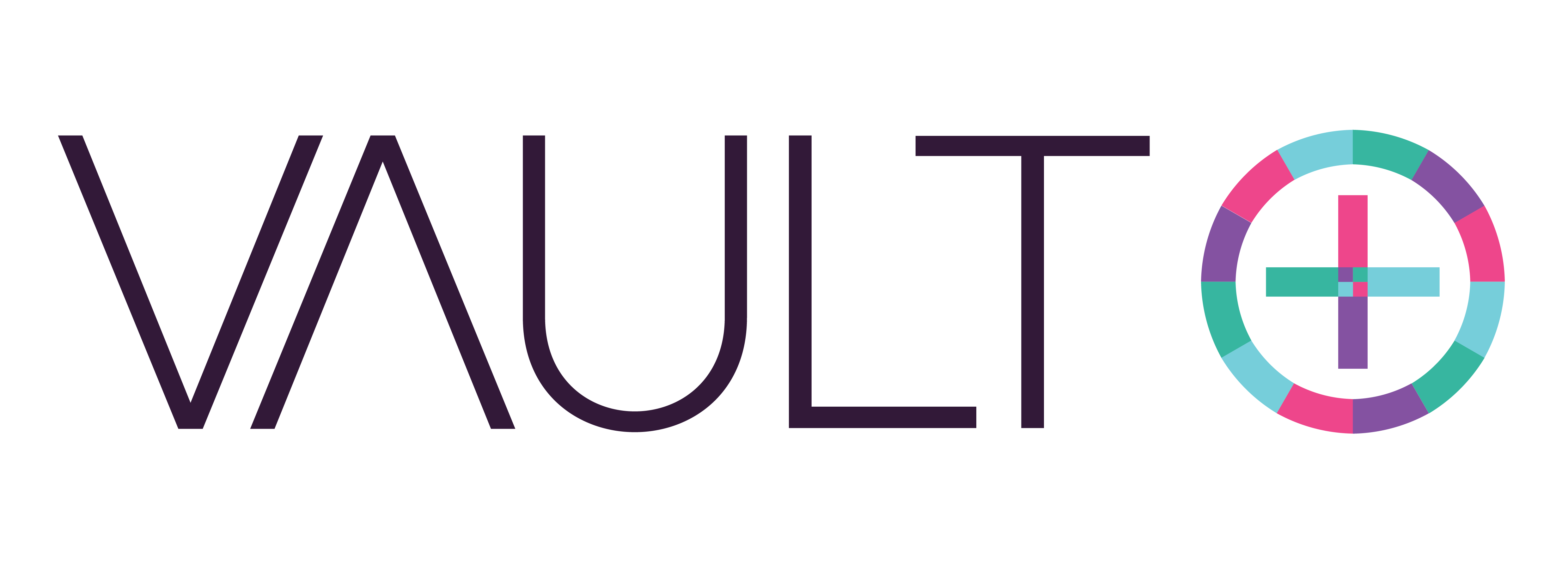Re-constructing your marketing plan for the ‘Here and Now’
In our first blog in this series we talked about the need for businesses to quickly adopt a change in direction for their marketing approach in response to the current health and business crisis.
In this the second in the series we thought we’d pass on our views on what businesses can do in the ‘here and now’ to keep things moving forward.
Lets’ start by saying that despite the current crisis we shouldn’t be apologetic for trying to generate revenue – or at the very least come out of this situation with a decent looking pipeline.
Let’s face it people are still spending money (or planning to) – even if their spending habits might have changed. Would you rather they spend it with you or your competitor?
Some recent marketing comment suggests that ‘maintaining marketing spend’ is the best approach? It’s a stance that, to a certain extent, we would agree with.
However, that approach is fine for the brands and businesses who have the financial resources to do so but, for those who are not in that ‘fortunate’ position, our view is not so much to maintain the spend but spend more wisely.
Others recommend a total switch to digital channels; again, it makes a lot of sense and allows businesses to be more agile with their spend, dialling up spend in areas where they are seeing value and dialling down where they’re not.
The pure digital approach certainly has a lot of merit, but we’re not going to say that digital channels are the only option for marketers, the more ‘traditional’ channels will still work and still offer.
So, as we’ve said before our recommendation is ‘Don’t stop marketing. Yes, change the execution, but the worst thing to do, is to do nothing.’


Here’s our recommendation for how to handle the ‘here and now’.
- Define what ‘success’ looks like
It doesn’t have to be measured in pounds, shillings and pence. In fact, in the position we find ourselves ‘success’ might be more about creating engagement with your customers and prospects, creating good will, building relationships and developing longer term opportunity.
Start the process by defining what ‘success’ looks like for you – set your goals and expectations.
- Audit your marketing channels to understand what’s working and what’s not.
Your digital channels obviously, provide you with opportunity to be most agile. Dig deep into your programmes, there are always quick wins to be made. Delve into your SEO, paid search, social channels and video channels. Review your website performance and optimise for conversion based on the new goals set.
- Get to know your ‘new’ audience – what content are they consuming, how and where are they engaging
You might think you know your audience but there’s no doubting that their behaviour and certainly their purchasing habits have changed in just these few short weeks – we’ve got to get to know the ‘new’ customer.
We need to know who they are, where they are and what content they are consuming. Most customers are online, they leave a trail of data on social media sites and search engines. Use this data as your starting point it’s the minimum data that we should be analysing.
BUT don’t make the mistake of assuming that Google provides the full picture. There’s plenty of other tools that are readily available to help you build a true picture of your audience, how when and where they engage and what content they are consuming.
Even though analytics can be daunting, if you’re not used to delving into data, don’t let that deter you.
Using these tools, you’ll be able to paint an accurate picture of your customers and their preferences; allowing you to accurately define how, when and where they engage and what they want to engage with.
Once you know who your audience is, you will be able to produce more personalised content that caters to their needs and increases conversions.
- Invest in the channels that are delivering ‘value’ – Dial back on the channels that aren’t
The key point is that the decisions you make should be made based on insight NOT assumption.
If you’ve done all of the above this will provide the information required to make those ‘smarter choices’; choices that are now more important than ever.
Where you see success turn the volume up – where you don’t dial back on the spend.
- Use your data – but don’t abuse it
Your data can be one of your most valuable assets right now. There’s nothing stopping you from using it.
Use it wisely to provide relevant, timely and personalised content for your audience – but, as we’ve said previously, don’t abuse it – if you have nothing valuable to say then say nothing.
- Align your content and messaging
Based on your newfound customer knowledge re-address your content and your messaging make sure it’s relevant for your audience right now. Carry out a content audit, review everything, understand what your customers are looking for now based on the very different experience they expect now.
Identify where you have gaps and fill them with appropriate material. Identify what can be re-used or re-purposed it may not fulfil the role for which it was originally intended but that doesn’t mean you should bin it.
Everything we’ve outlined here may sound obvious. But the truth is that we are all going through a very steep learning curve discovering how we approach the ‘new’ normal.
We’ve been working with our clients over the last few weeks doing exactly what we’ve outlined above and more (but we’ll discuss that in our next blog).
If you need some support to help you re-construct your marketing plans for the ‘here and now’ we’re here to help, so why not get in touch?
Don’t let budget be an issue. We’re working through this by offering our clients reduced fees for our planning models and even offering to defer a high percentage of the payments until thing get moving again here’s an example.
Why not give us a call to discuss how we can help you today.
Stay safe.


